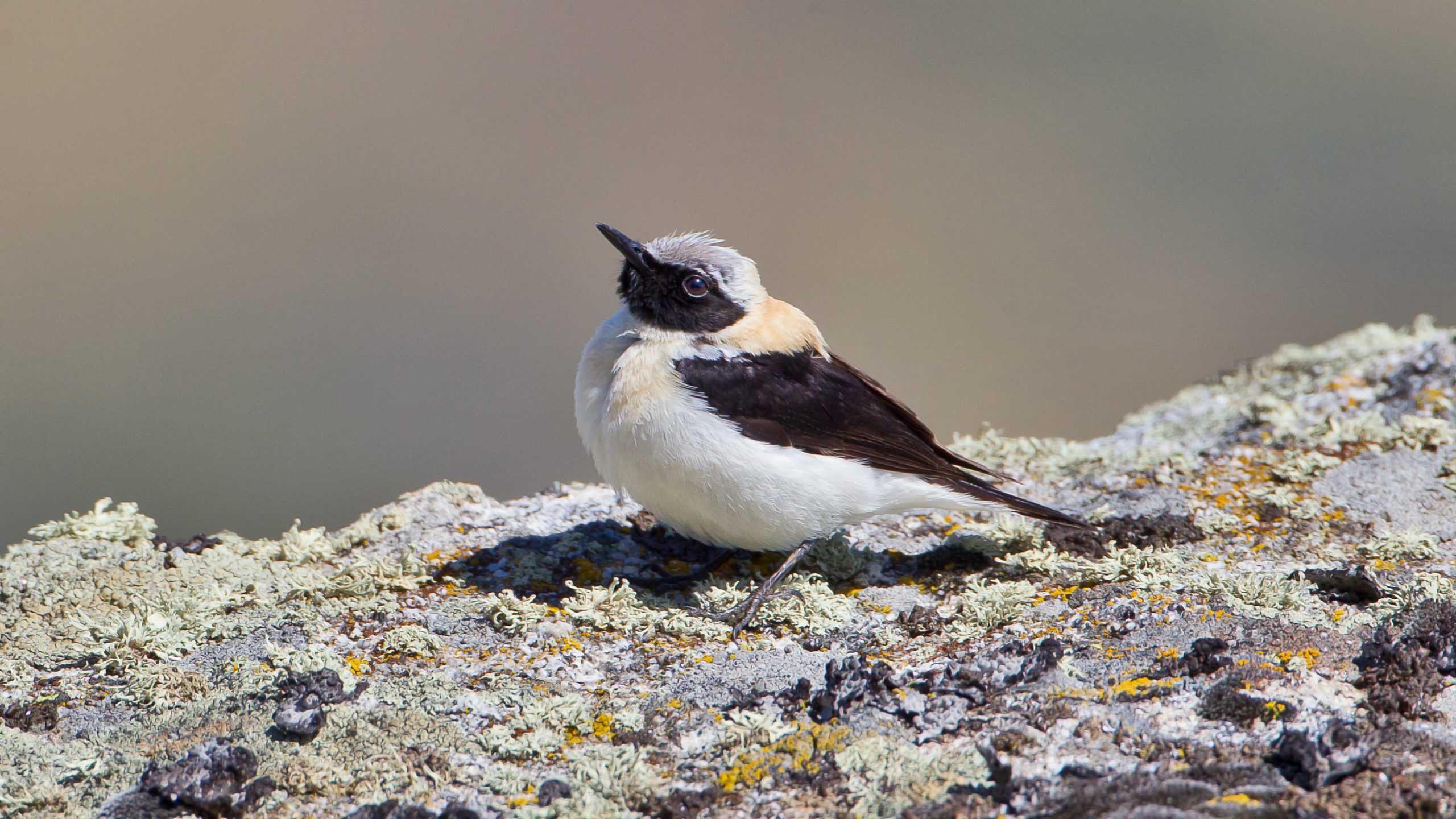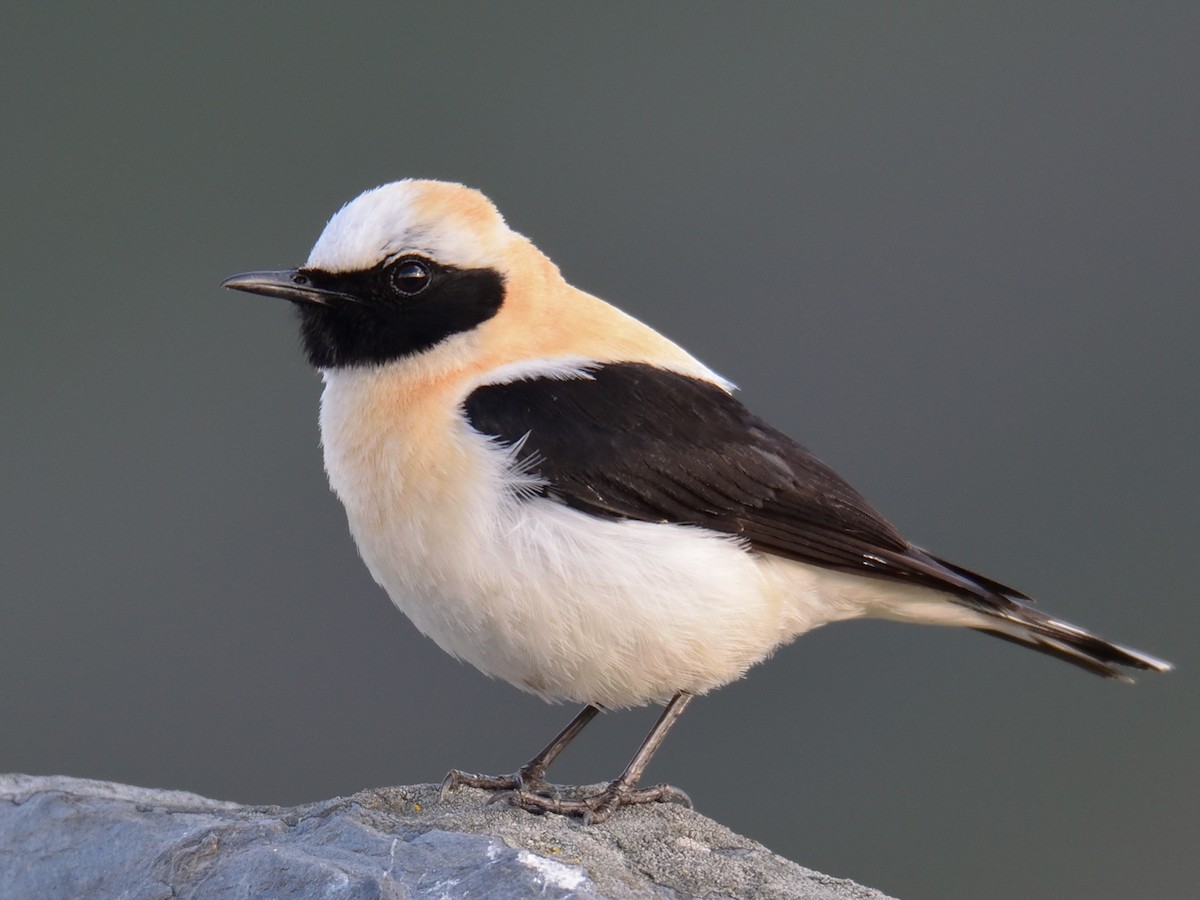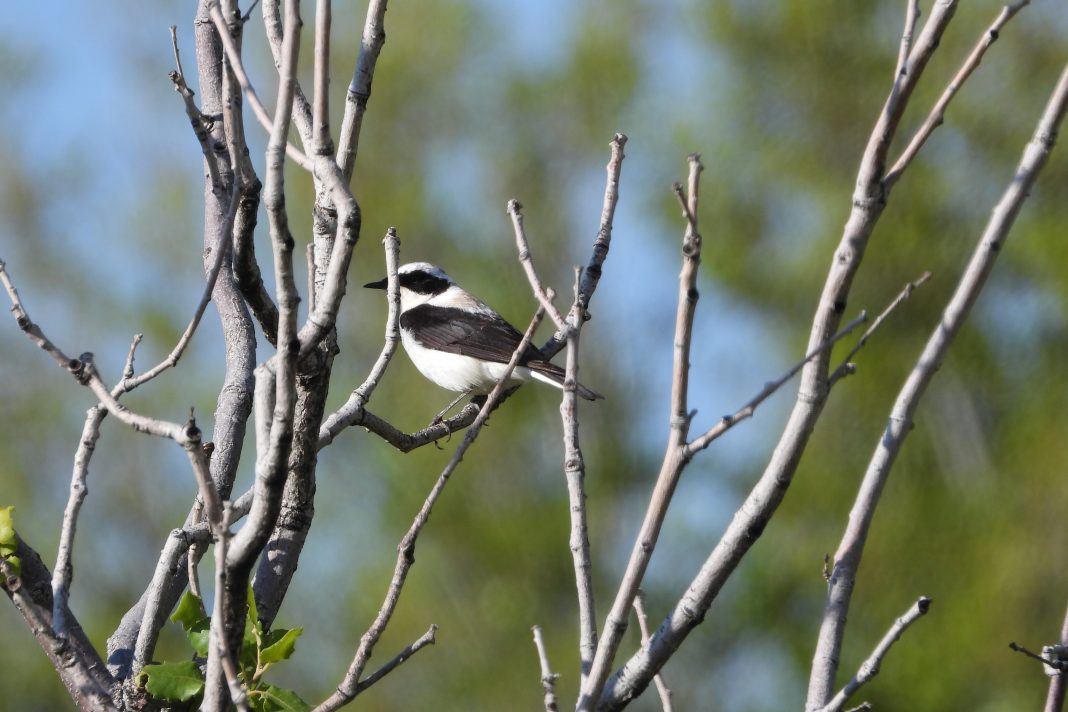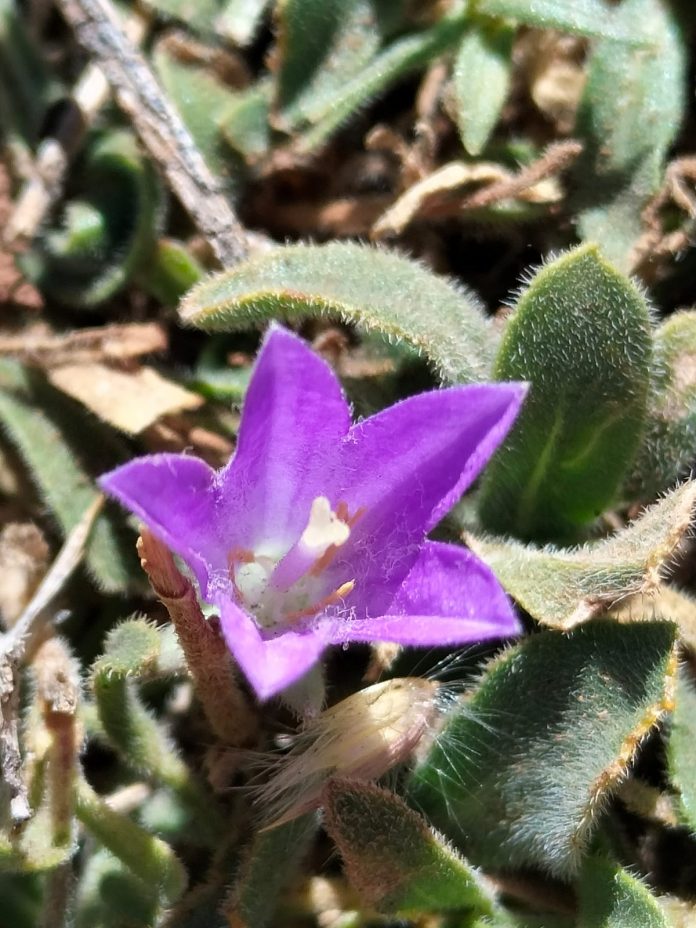This species breeds in warm climatic zones in stony, scrubby, often broken terrain (slopes and foothills) around open woodland of alerce (Tetraclinis), juniper (Juniperus) or oak (Quercus), amid Olea and Pistacia scrub, olive trees, cactus groves, and in fallowland, vineyards, dry maquis steppe and shrub-covered limestone hills. Breeding begins from March to June in north-west Africa, late April in Spain and from early May in Greece and Armenia. The nest is a rather flat cup of stems, moss and fibres, lined with hair or down and set on the ground under a stone, rocky overhang or tussock, among scree, in burrow or hole in ruin or wadi bank. Clutches are typically four of five eggs. The diet is made up of invertebrates, berries and seeds. The species is migratory and travels on a broad front across the Mediterranean and Sahara to winter in the African Sahel (Collar 2015).

This species has an extremely large range and the population size is extremely large, hence does not approach threatened thresholds for the range or population size criteria. The population trend is not known, but the population is not believed to be decreasing sufficiently rapidly to approach the thresholds under the population trend criterion. For these reasons the species is evaluated as Least Concern.
Since 1970 the species has declined in western Europe, most likely due to drought in its wintering quarters and agricultural intensification, as well as afforestation and abandonment of low-intensity farming (Collar 2015). It may also be threatened locally by predation from foxes (Vulpes) and feral dogs (Tucker and Heath 1994).




